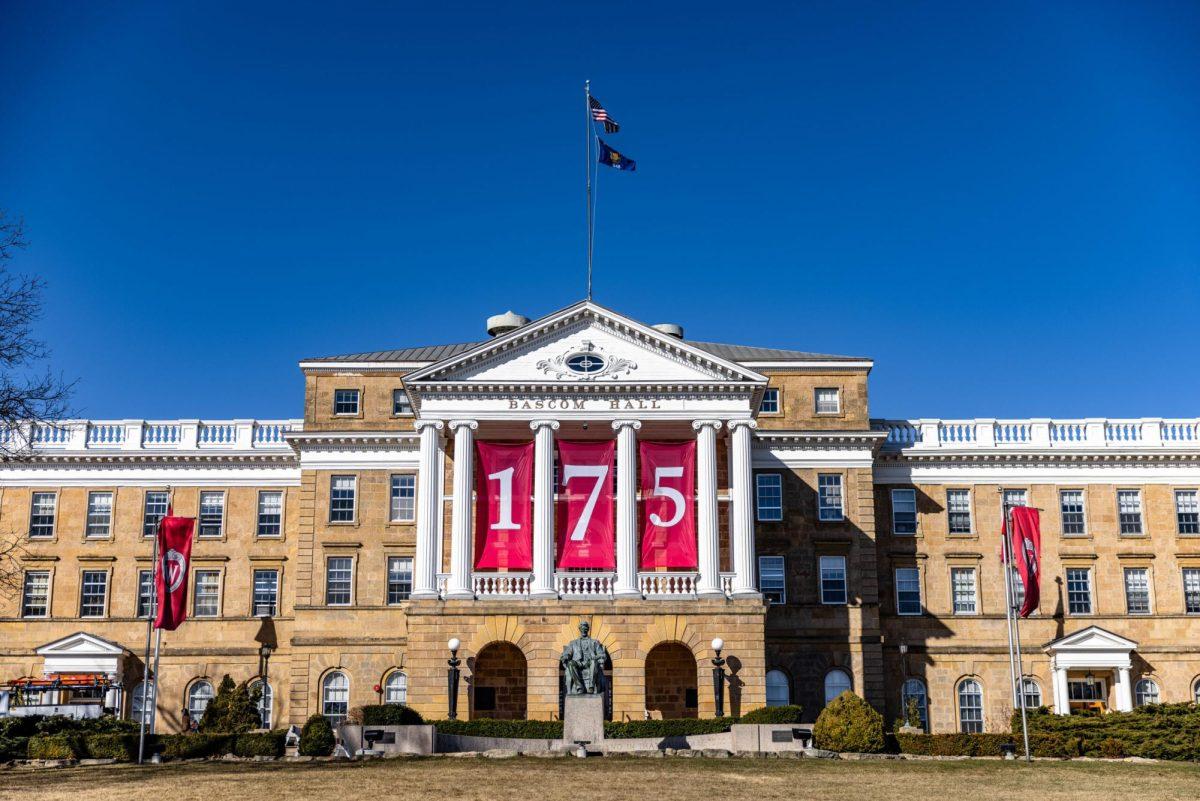Despite recent tuition increases, the net price to attend the University of Wisconsin has been decreasing, according to the National Center for Education Statistics. In 2022, the average net price to attend UW was around $13,376, compared to $13,484 in 2021 and $14,030 in 2020, according to NCES.
In the 2021-22 academic year, students with a family income of less than $30,000 paid an average annual net price of $3,964 to attend UW, according to UW Data Digest.
The average net price to attend UW has been decreasing, in part due to recent tuition hikes, University of Wisconsin professor of educational policy studies Taylor Odle said. Since UW is receiving increased tuition revenue, more funds can be allocated to scholarship programs, Odle said.
UW was in a tuition freeze for in-state undergraduates before raising tuition in 2023 and now 2024, according to a 2022 press release from the Universities of Wisconsin. Under the freeze, UW could not allocate money to scholarship and grant programs, Odle said. More low-income students can afford higher education through financial aid and scholarships following tuition increases.
“It allows you to take in money predominantly from people who can afford to pay those prices, so they can get scholarships and grants to students who cannot,” Odle said.
Dollars awarded per student at UW increased 37% between 2021 and 2024, UW Associate Director for Special Awards and Student Engagement Lauren Klink said. The average dollars awarded per student does not include financial aid, Klink said.
“Oftentimes students can have that scholarship on top of any sort of financial aid that they’re receiving, so it reduces that overall price for students,” Klink said.
In the 2023-24 fiscal year, more than 65% of bachelor’s degree recipients had no student loan debt, the highest percentage of debt-free graduates in a decade, according to UW’s Budget in Brief.
About 16% of resident undergraduate students were covered by Bucky’s Tuition Promise and the Pell Pathway programs, which are funded entirely by institutional dollars and private gifts, according to the Budget in Brief.
Students’ stories have been a major reason for the increase in private gifts toward aid programs, Klink said. When donors can connect with students, they are more likely to fund scholarships and awards, Klink said.
“Those stories are ways in which donors may connect with a student and see a little of themselves and what that student is sharing, then that inspires them to give — no matter how large the gift is,” Klink said. “I do think students’ stories help to share the message as to why scholarships are important and perhaps can increase scholarships throughout the years.”
Scholarships have facilitated a rise in enrollment among students with lower socioeconomic statuses, Klink said. But tuition increases have resulted in a “sticker shock,” causing students to forego applying to UW, Odle said.
Low-income students might see initial costs and assume attending UW is not an option, Odle said. But most low-income students would qualify for financial aid and scholarship programs like Bucky’s Pell Pathway, zeroing the cost of tuition, Odle said.
Applying for financial aid can be complex and intimidating, causing students to opt out of the process early on, Odle said.
“We want to sit down with them and say, ‘Hey, actually, here’s your financial aid offer letter, here’s what the real price is going to be,’” Odle said. “So the problem is, it’s a very complex process to get to that final number, and if people are opting out of the process early on, they’re never going to know what that [the final number] is,” Odle said.
During the Obama administration, a law existed requiring higher education institutions to disclose possible net cost depending on your socioeconomic background, Odle said. The legislation is not federally mandated, though, and the resulting lack of transparency has increased the complexity of accessing financial aid.
Tuition increases also allow UW to invest in resources for students and admit larger classes, Odle said.
“What they were saying is, ‘if we’re able to take in more money, we can build more residence halls, we can build more facilities, we can hire more faculty,’” Odle said. “So they can let that admissions rate creep up and [let] even more people from inside of Wisconsin in.”
In general, students benefit from tuition increases because they allow for the reinvestment of additional funds into UW, Odle said. But, the lack of communication and transparency regarding the net price for tuition results in lower admission rates, Odle said.
“We have to turn those revenues back into investments in the institution, so that’s why you see so much construction going on … because we have money to spend on improving facilities,” Odle said. “Many campuses don’t have that.”







